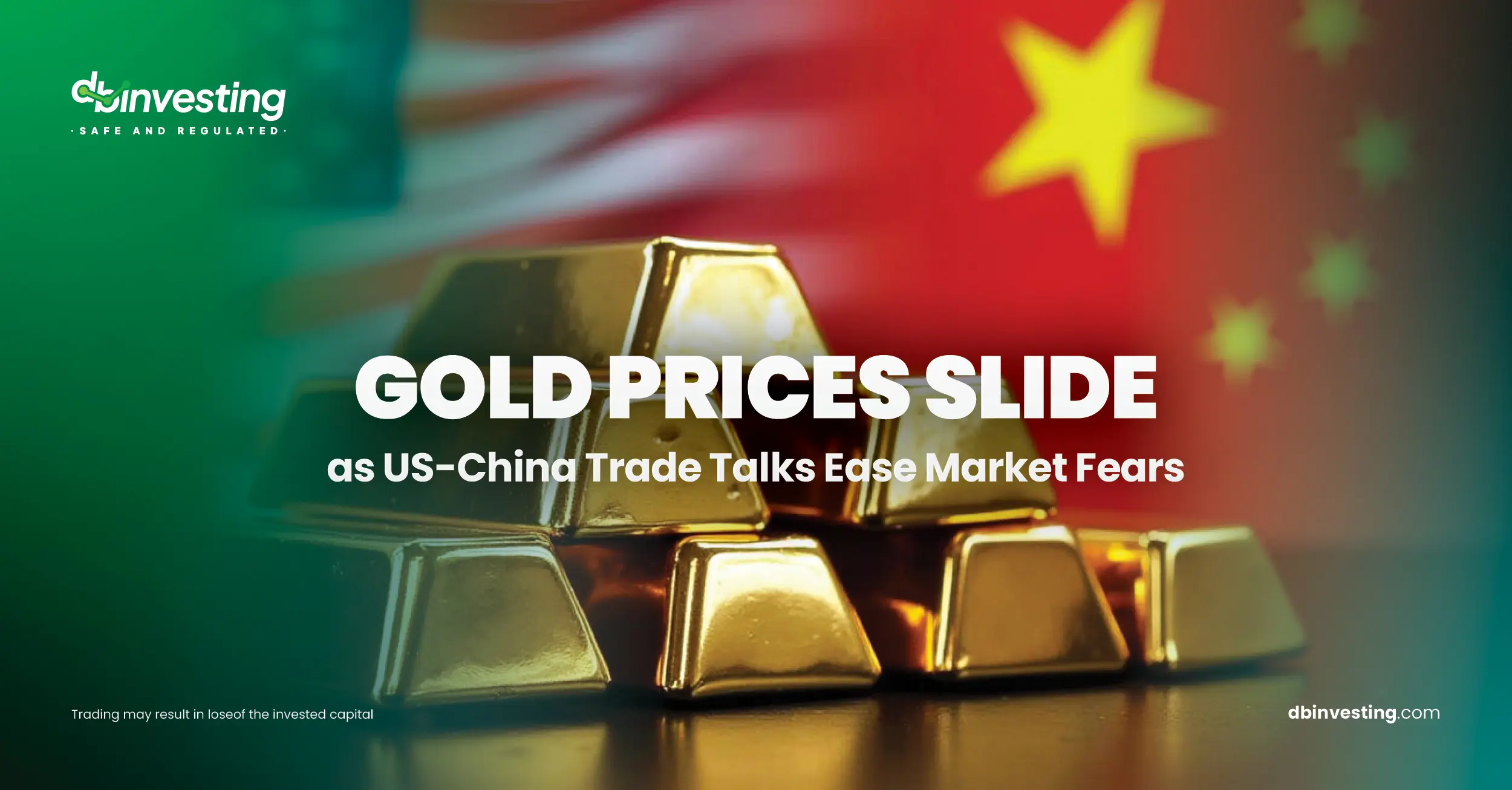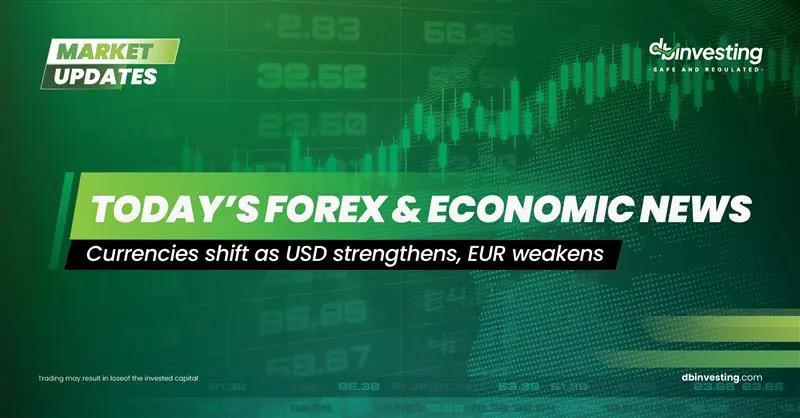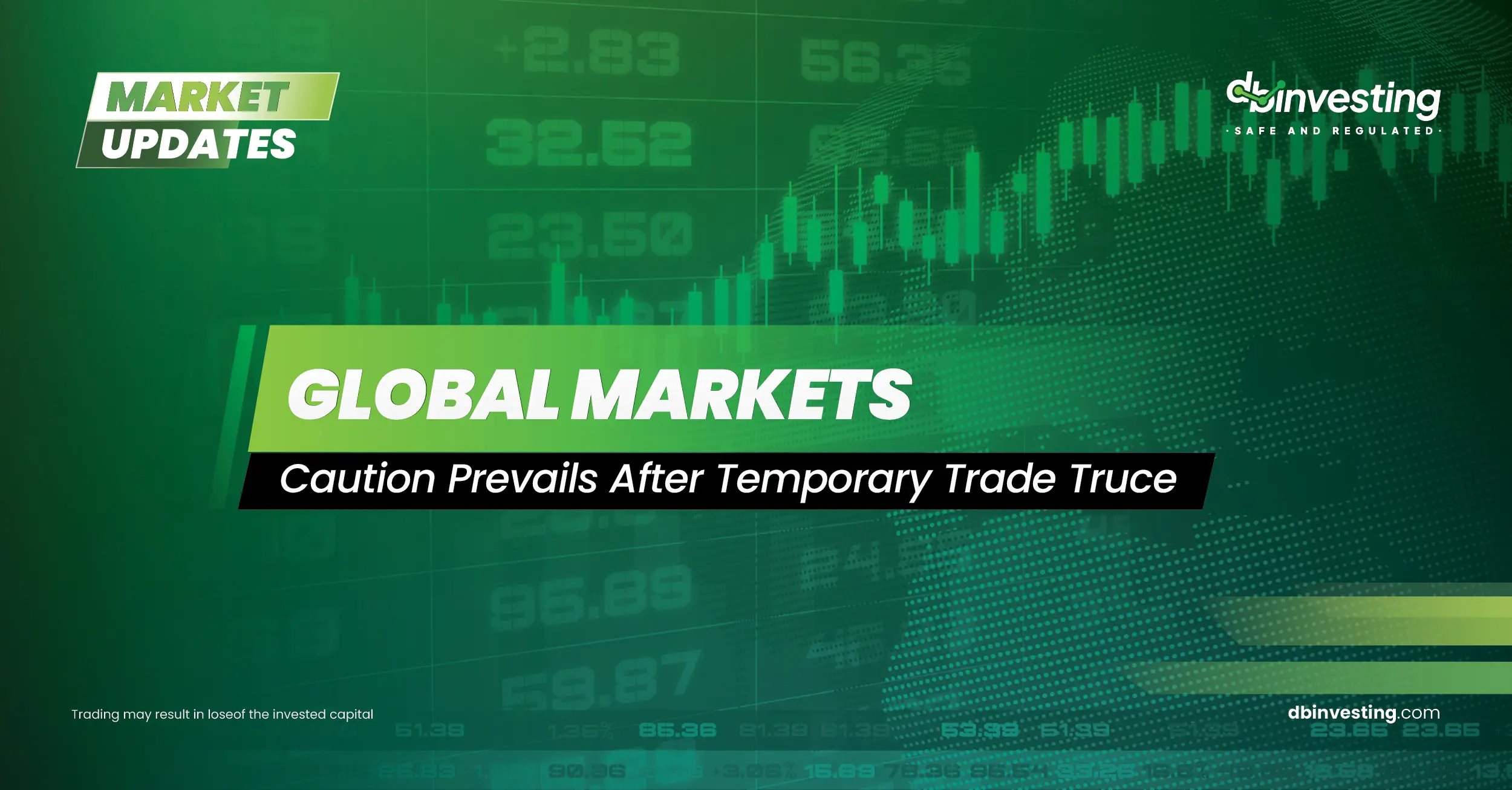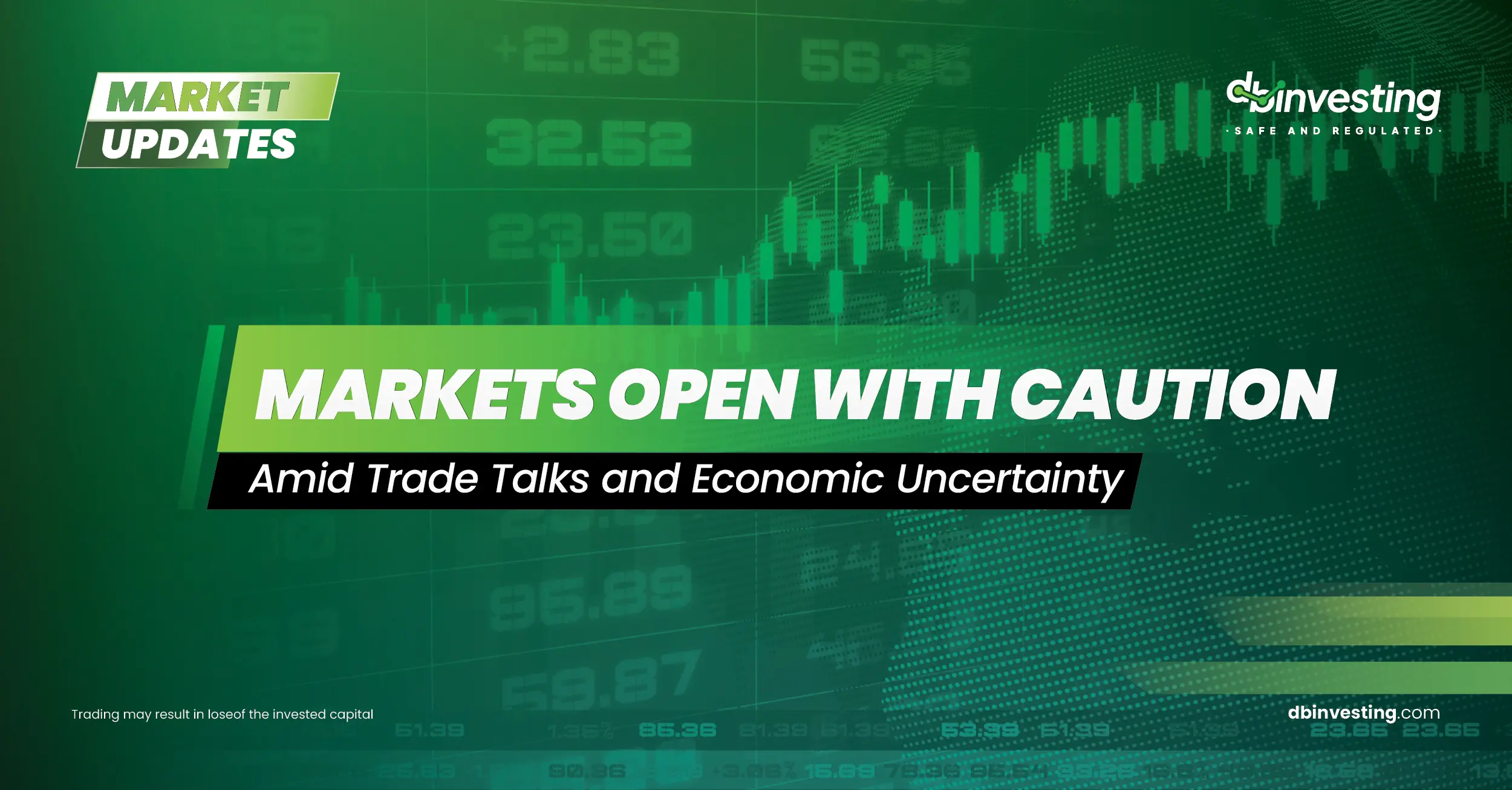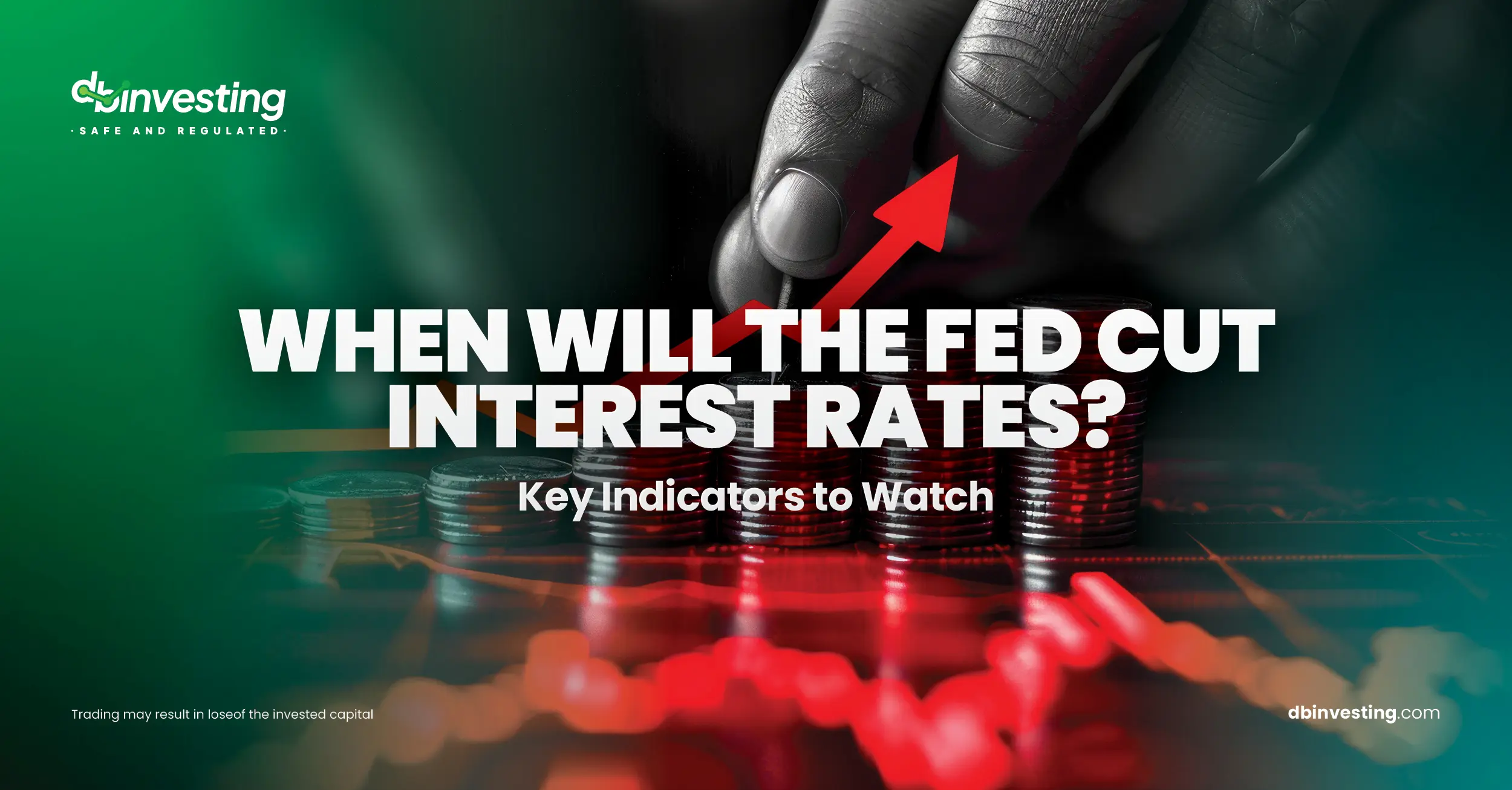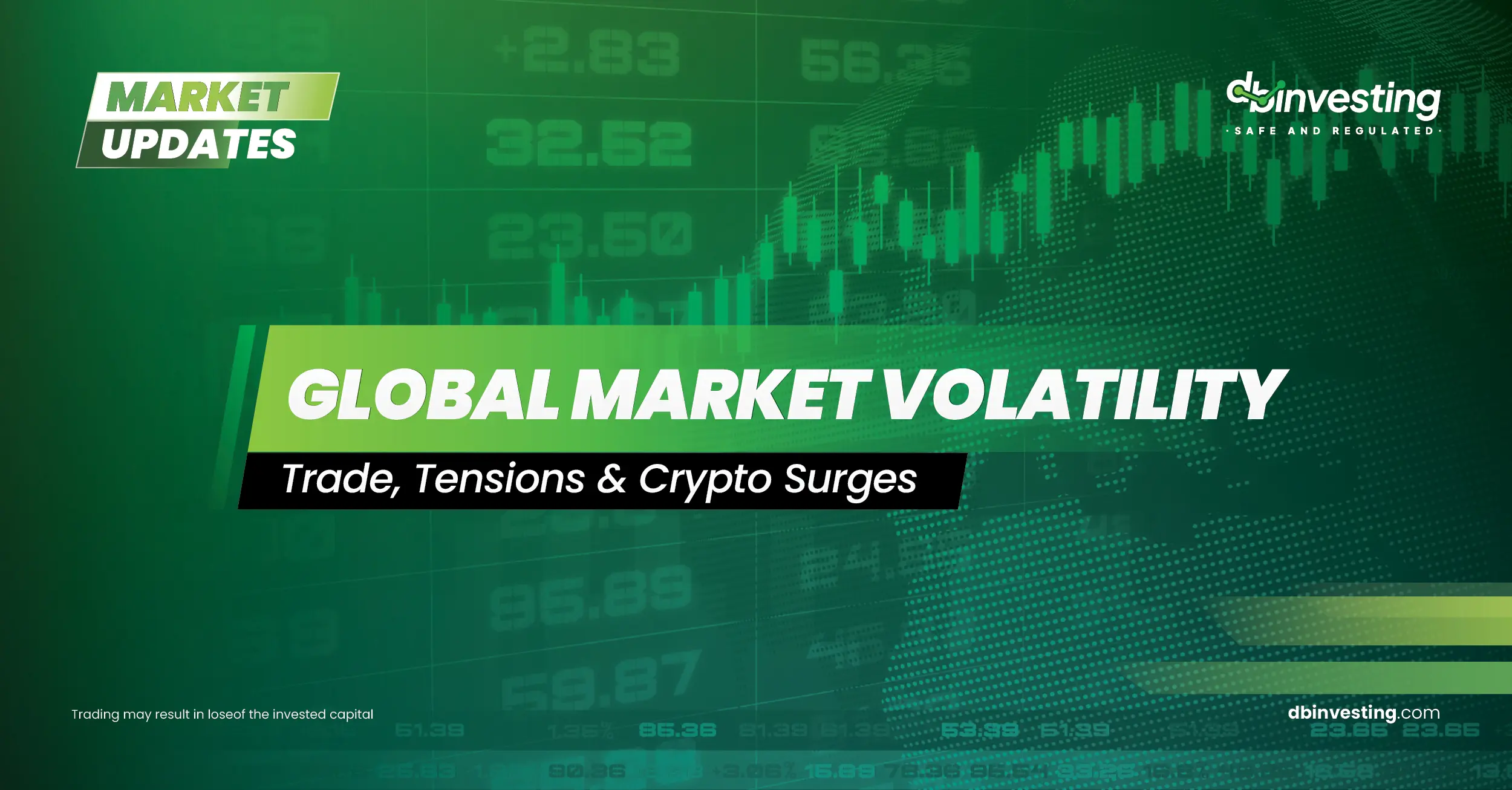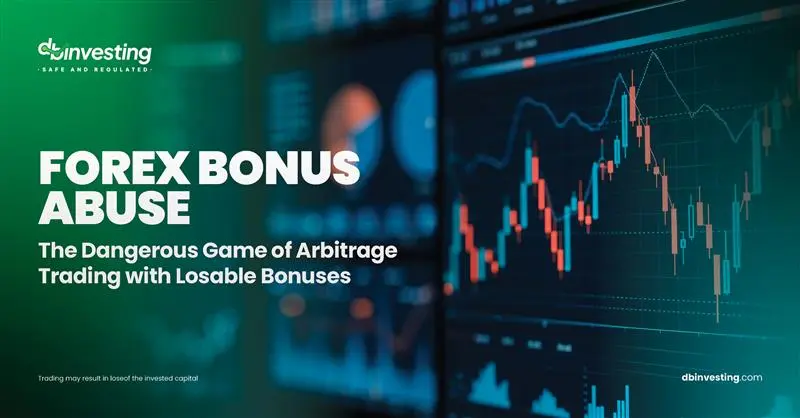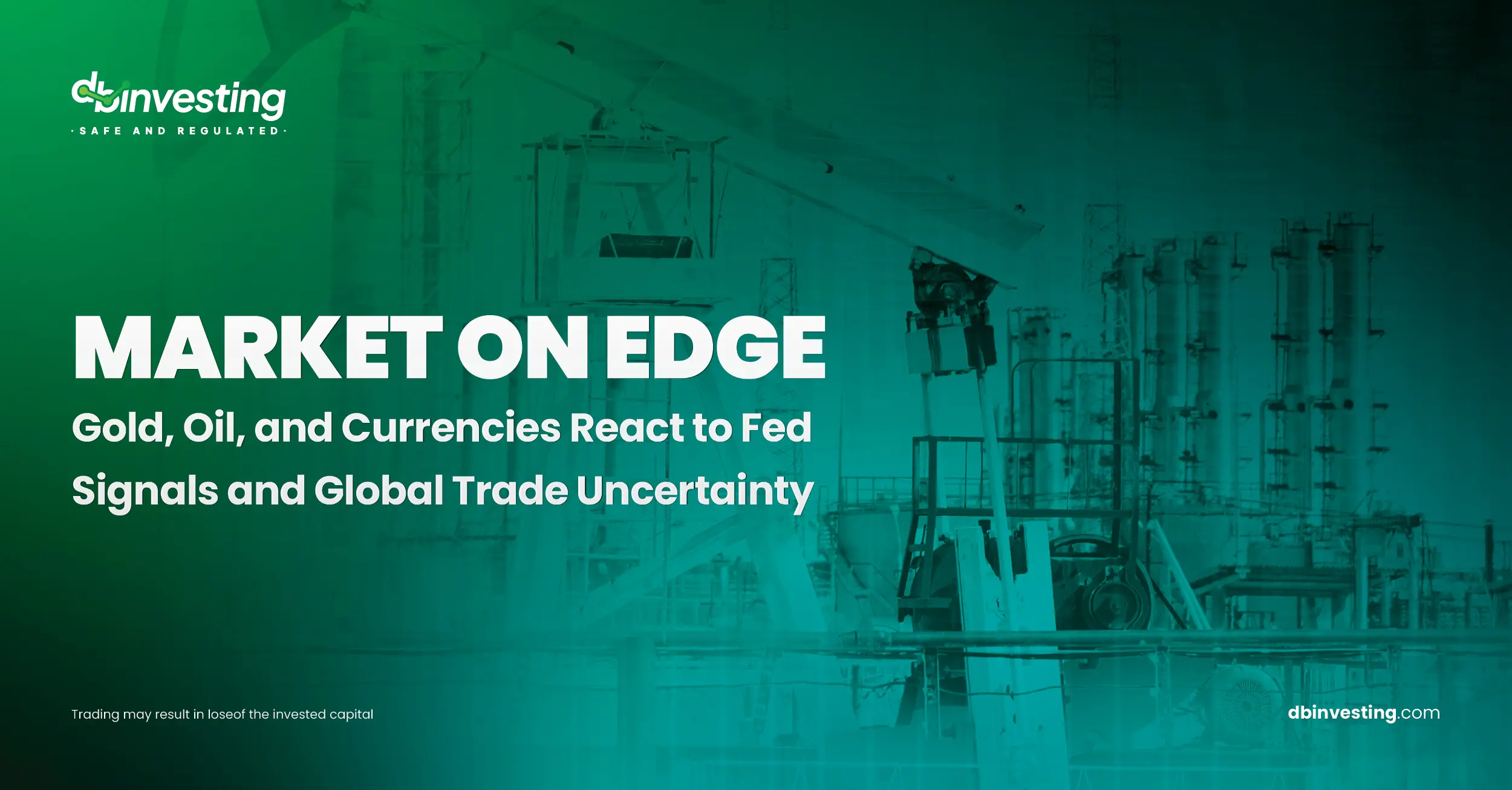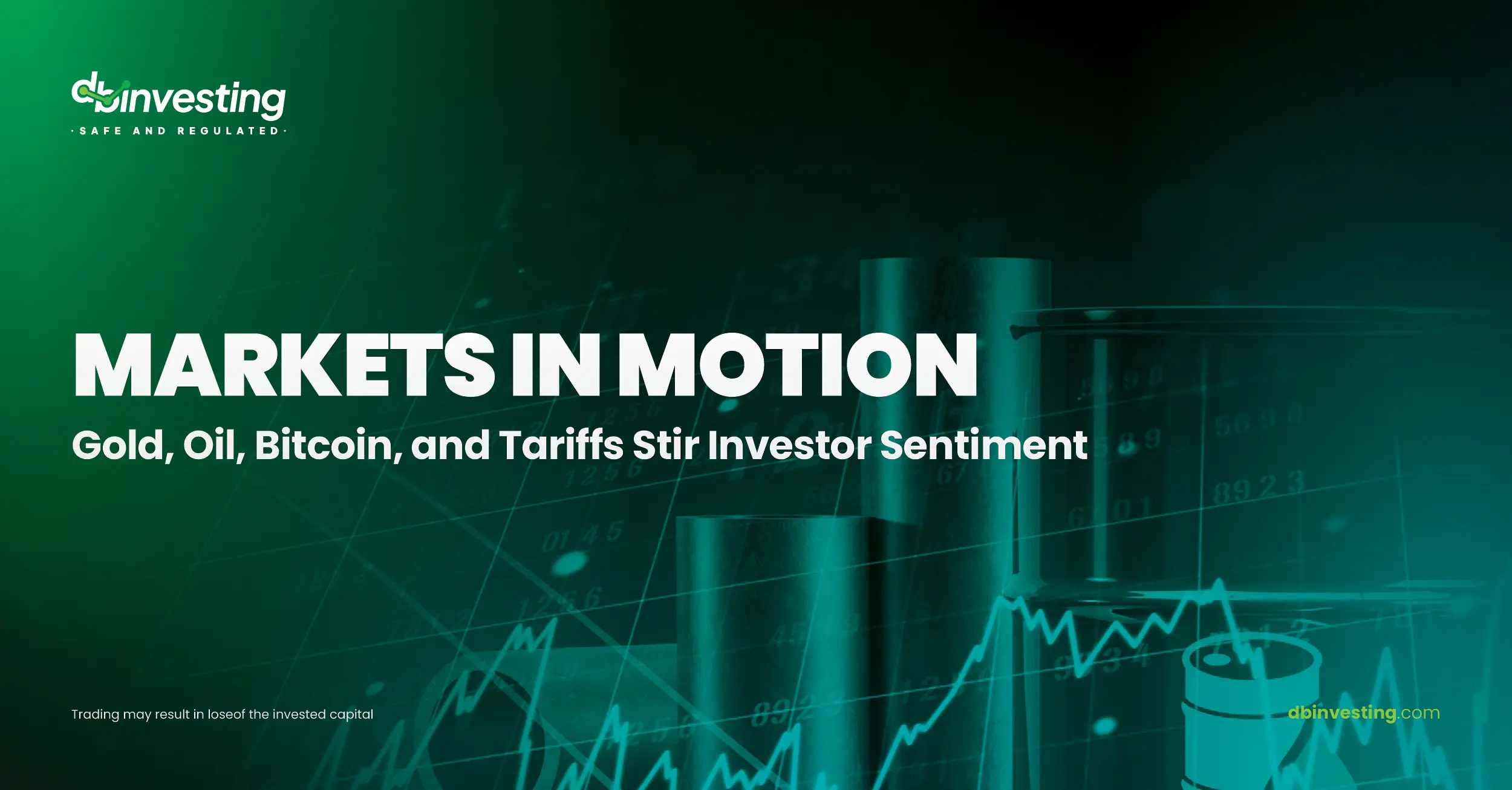Gold prices dipped on Monday as improved sentiment from US-China trade talks prompted a move away from safe-haven assets. Investors shifted toward riskier opportunities following positive diplomatic signals that eased global market concerns.
The sell-off deepened after US Treasury Secretary Scott Besant told reporters that both nations had agreed to pause escalating trade measures for 90 days. The temporary deal includes a mutual reduction of tariffs by 115%, a move viewed as a significant de-escalation of the ongoing trade war.
According to the agreement, the U.S. will lower tariffs on Chinese goods from 145% to 30%, while China will scale back retaliatory duties from 125% to 10%.
Both sides ended Sunday’s discussions on a positive note. U.S. officials praised a deal to reduce the trade deficit, while their Chinese counterparts described reaching “important agreements.”
Just a month ago, both countries had imposed steep tariffs on one another, triggering a trade war that raised fears of a global economic slowdown.
Gold is traditionally seen as a safe haven during times of economic and political uncertainty and performs best in low-interest-rate environments. However, with tensions easing and market appetite for risk rising, demand for gold has weakened.
Beth Hammack, President of the Cleveland Federal Reserve, stated Friday that the Fed needs more time to assess how the economy is responding to tariffs and other policies under the Trump administration before taking further action.
Meanwhile, traders are eyeing Tuesday’s release of the U.S. Consumer Price Index (CPI) for clues on the Federal Reserve’s monetary policy direction.
With a stronger dollar and fading geopolitical tensions, gold could face further downside pressure. Analysts warn that if current trends continue, the yellow metal could drop toward the $3,200 per ounce level in the near term.
📉 Stay informed on gold trends and global market insights—visit DBInvesting.com to explore our expert analysis and real-time trading tools.
